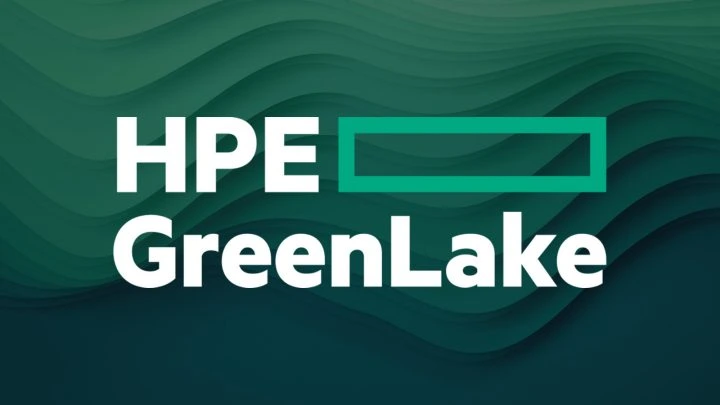HPE Greenlake
We’re focused on delivering a superior customer experience. Our holistic approach to all your apps and data gives you the flexibility and choice you need – from how to consume to where to deploy and the ability to scale when you need to.
The latest from HPE GreenLake

HPE enters the AI cloud market
Learn More >

HPE extends private cloud portfolio at Equinix data centers
Learn More >

HPE advances hybrid cloud leadership with HPE GreenLake
Learn More >

HPE expands its relationship with AWS
Learn More >

Unlock your data’s potential with edge to cloud
Life at the edge is producing ever increasing volumes of data. How do you securely connect your data wherever it lives and turn it into intelligence? You need edge to cloud.
Inquire Now >
Explore the ways HPE can help you open up opportunities across edge to cloud
Talk to Us
Phone
Schedule
8:00am - 5:00pm, Monday - Friday
/*
Copy this code on section to modify colors of icons, submit button, hovers
depends on the webpage theme.
Note: Keep visibility disabled, Do not Edit this
*/
/*Contact Content Icons & Text*/
.contact-iconbox .elementor-icon {
color: pink;
fill: pink;
}
.contact-iconbox .elementor-icon:hover{
color: violet;
fill:violet ;
}
.contact-iconbox p a, .contact-iconbox p{
color: pink !important;
}
.contact-iconbox p a:hover, .contact-iconbox p:hover{
color: violet !important;
}
/*Contact Form*/
.contact-form .elementor-widget-container{
background:red !important;
}
.contact-form label{
color: blue;
}
.contact-form .wpforms-submit-container button{
border-color: pink !important;
background: pink !important;
}
.contact-form .wpforms-submit-container button:hover{
background: violet !important;
border-color: violet !important;
}
Head Office
1005 Metropolitan Ave, Corner Kakarong, Makati, 1205 Metro Manila
Cebu Office
2F Unit 202-204, GMC Innovation Center, M. J. Cuenco Ave, Brgy San Roque Cebu City 6000
Davao Office
Unit 11, Plug Holdings Bldg, 141 R. Castillo St, Agdao, Davao City, 8000 Davao del Sur
